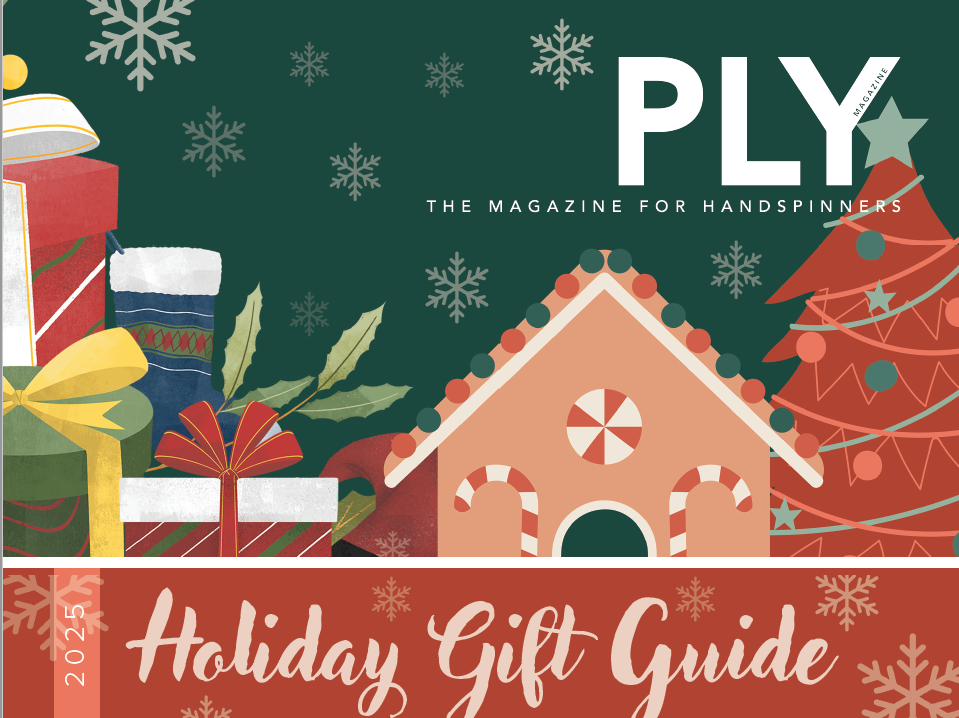Ask Jacey: Should I spin and ply with the same whorl?
Hello, I would like to know if plying of yarn should be done with the same whorl that spinning was done. Do you recommend to ply at the same tension and twist, or do you recommend to add more twist or tension when plying? Thank you! ~ Tatiana Hi Tatiana, What a great question! The […]

